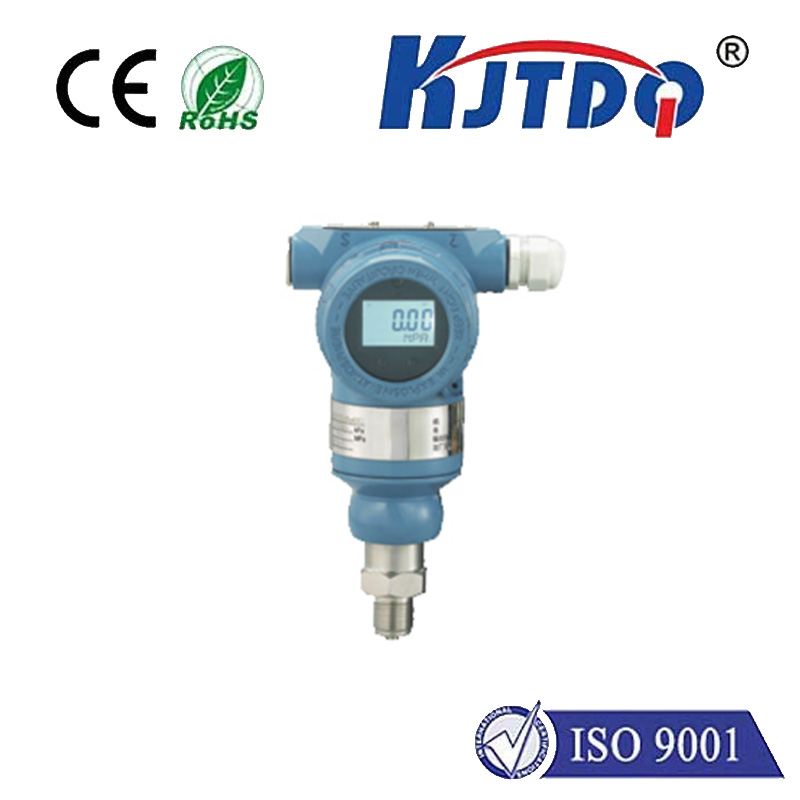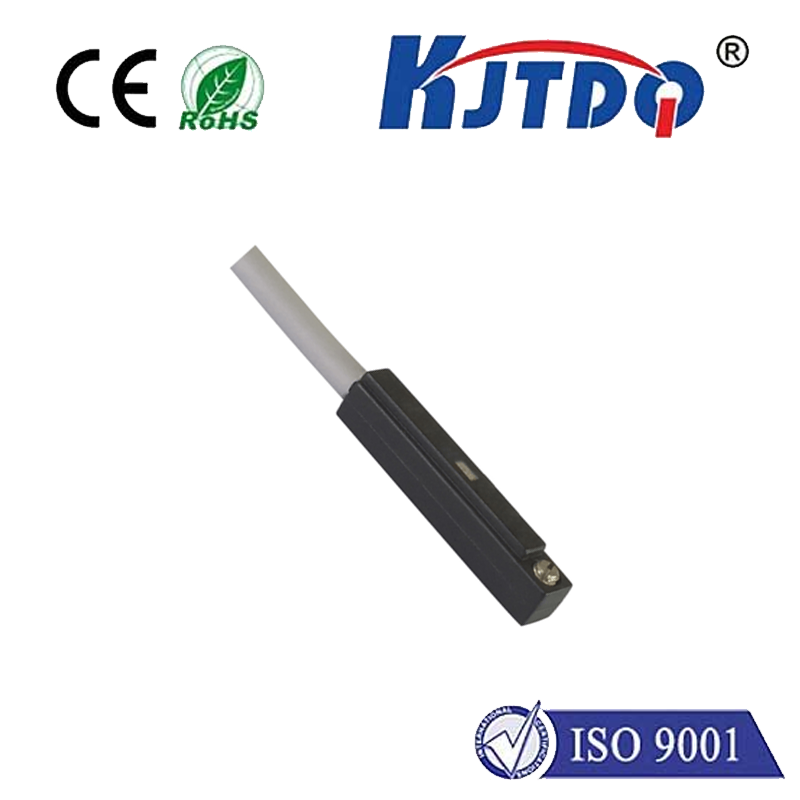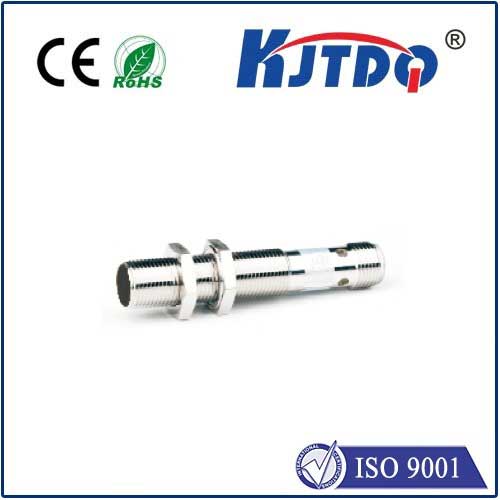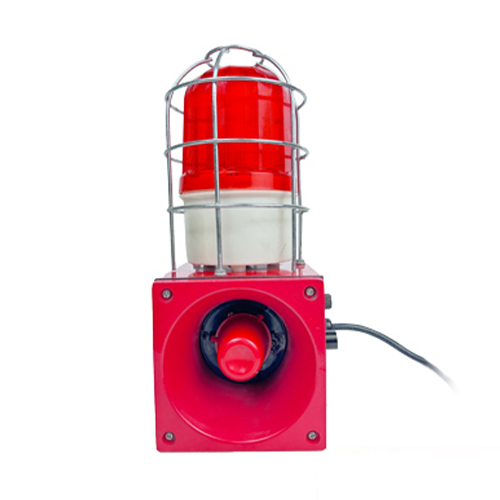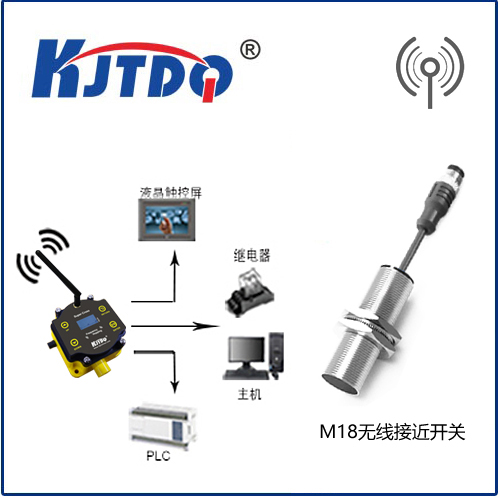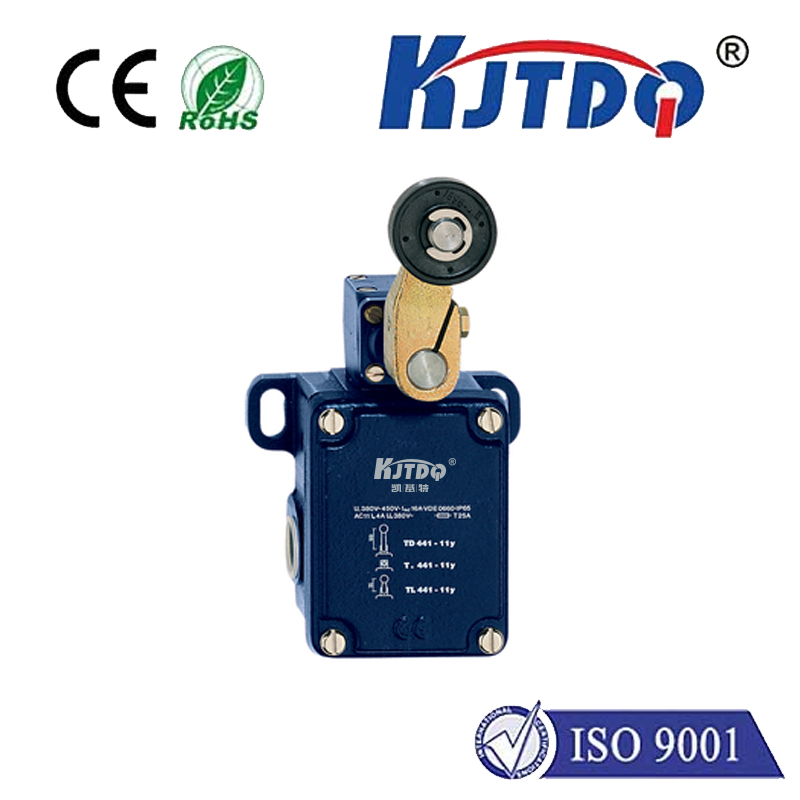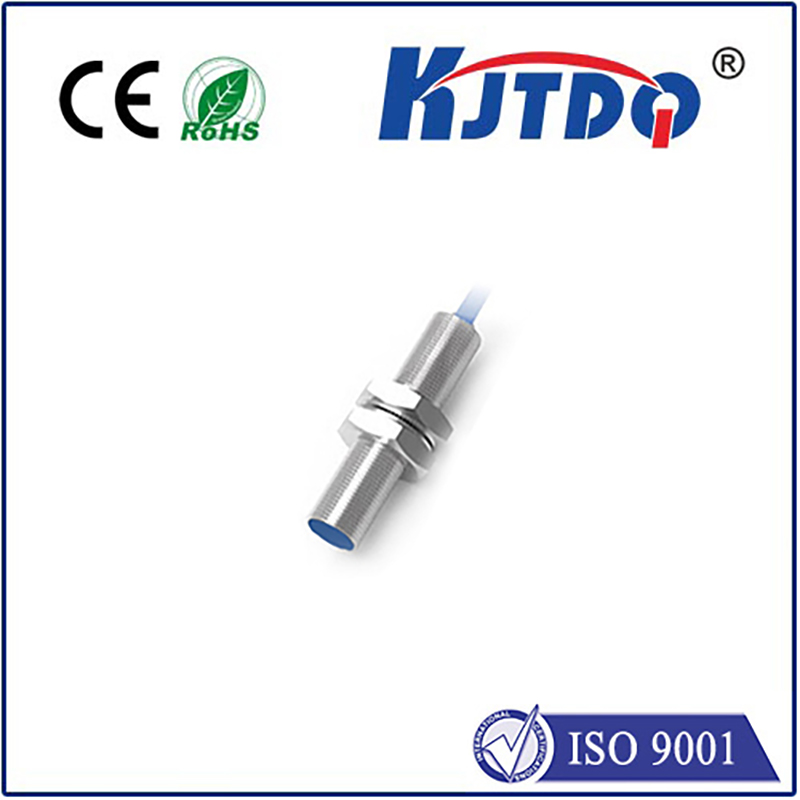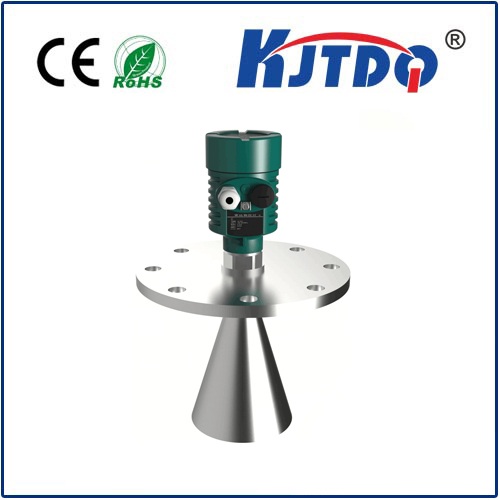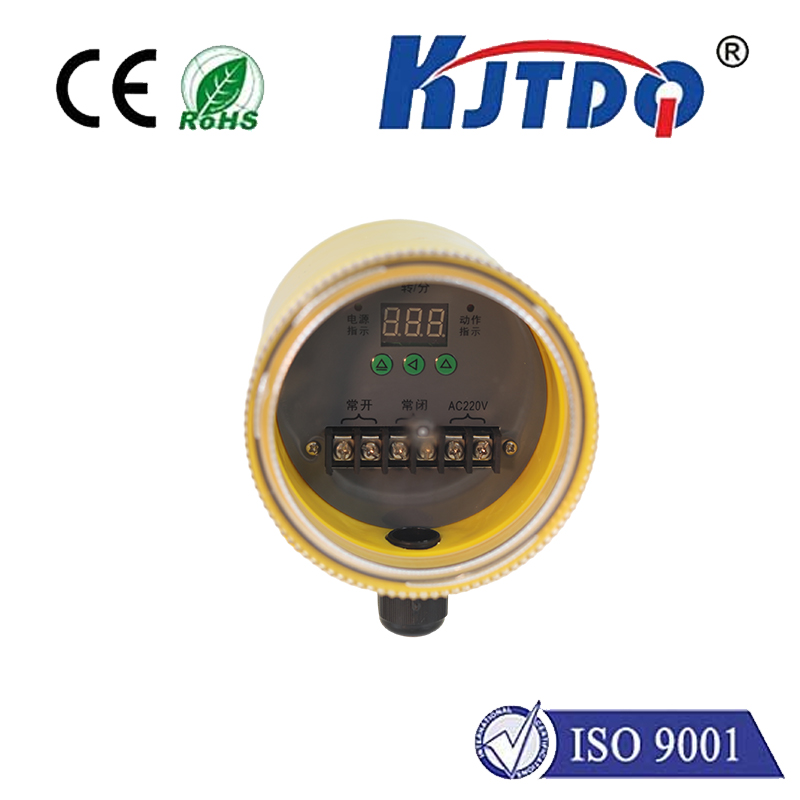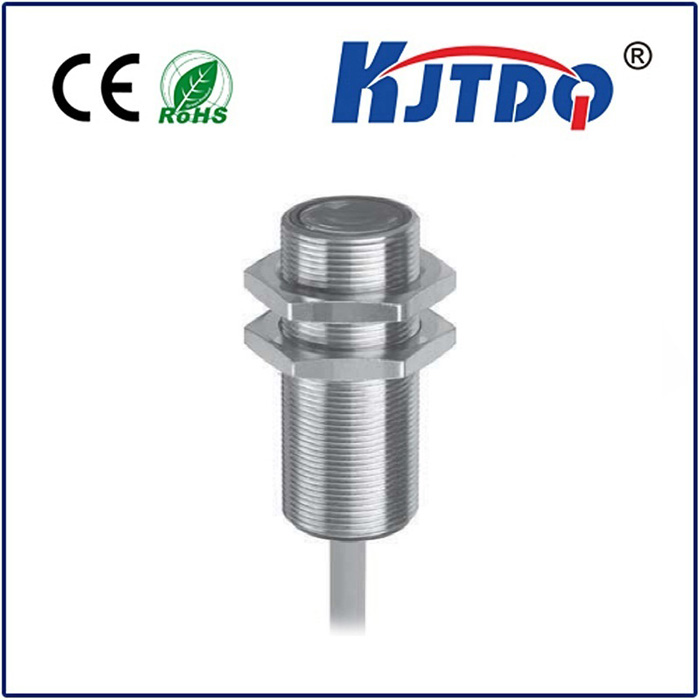

check

check

check

check
We step in, press a button, and glide smoothly to our destination. The modern elevator is a marvel of convenience, a ubiquitous feature in buildings worldwide. Yet, behind that effortless journey lies a complex system of safety mechanisms working tirelessly, often unseen. Among the most critical, yet frequently overlooked, are the elevator limit switches. These unassuming devices act as the final safeguard, preventing catastrophic over-travel and ensuring every ride stops exactly where it should, every single time.
Understanding the Core Function: Defining the Boundaries
Imagine an elevator car hurtling upwards unchecked or plummeting downwards past its designated stopping point. The consequences are unthinkable. This is precisely the nightmare scenario elevator limit switches are designed to prevent. Fundamentally, a limit switch is an electromechanical device strategically positioned within the elevator hoistway (the shaft). Its primary mission is to detect the car’s absolute top and bottom travel positions and decisively halt the elevator motor if those boundaries are approached or exceeded. Think of them as the ultimate sentinels stationed at the extremes of the elevator’s operational envelope.
Anatomy of a Critical Safety System: Top and Bottom Protectors
The system typically involves two distinct types, working in concert:
A Third Crucial Player: The Overspeed Governor Switch

While top and bottom limits are vital, another critical limit switch works alongside them: the switch associated with the elevator overspeed governor. This governor is a mechanical device, usually located in the machine room or hoistway, that monitors the elevator’s descent speed. If the car descends too rapidly, exceeding a preset safety threshold (typically 15-25% above rated speed), the governor triggers.
How They Work: Simple Mechanism, Profound Impact
The beauty of traditional elevator limit switches often lies in their mechanical simplicity and reliability. Common designs involve:
As the elevator ascends or descends, the car-mounted cam eventually makes contact with the switch’s roller arm or lever. This physical contact forces the lever to move, rapidly changing the state of the internal electrical contacts (e.g., from closed to open, or vice-versa). This abrupt change in the electrical circuit is the signal picked up instantly by the elevator controller or safety circuit. The controller interprets this signal unequivocally: “STOP THE CAR NOW.” The motor power is removed, and brakes are applied.
Installation and Maintenance: Ensuring Uncompromised Protection
The effectiveness of limit switches hinges entirely on their correct installation and meticulous maintenance. Precise positioning is non-negotiable. They must be mounted rigidly within the hoistway at locations dictated by the elevator’s design speed, travel distance, and stopping characteristics. The activating cams on the car must be aligned perfectly to engage the switches reliably at the exact moment required.
Regular maintenance is paramount. Technicians must routinely:
The operating environment matters. Switches must be robust enough to handle the hoistway conditions – potential dust, varying temperatures, and occasional moisture. Many modern switches incorporate sealed contacts or robust enclosures to enhance durability and reliability. Regular lubrication of moving parts (according to manufacturer specs) is also essential for smooth operation.
Beyond Mechanics: Integration and Evolution
While fundamental electro-mechanical switches remain prevalent due to their simplicity and proven reliability, elevator technology evolves. Modern control systems increasingly integrate car position detection using advanced methods like magnetic or optical sensors, encoders, and sophisticated software algorithms. These provide continuous, high-resolution position data throughout the entire journey.
However, the dedicated, hard-wired elevator limit switch remains a mandatory safety requirement. Regulations (like ASME A17.1/CSA B44 Safety Code for Elevators and Escalators in North America and similar standards globally) explicitly demand independent mechanical or solid-state safety devices at the physical travel limits. Why? Because they provide a redundant, fail-safe layer separate from the primary control system. Even if the complex main controller or position sensors fail, the limit switches offer a direct, uncomplicated physical path to stopping the motor and applying the brake. This redundancy is the bedrock of vertical transportation safety, ensuring that fundamental physical boundaries cannot be violated.
The Unseen Pillar of Safety
So, the next time you step into an elevator and feel that reassuring halt aligning perfectly with the floor, remember the limit switches silently standing guard. They operate unseen, demanding little attention, yet their role is monumental. These meticulously placed devices are the unsung heroes, the final, non-negotiable barrier between a routine ride and potential disaster. Their simple click, triggered only in extreme circumstances, represents the culmination of engineering foresight and an unwavering commitment to passenger safety. Through rigorous installation, diligent maintenance, and adherence to stringent codes, elevator limit switches ensure our vertical journeys remain not just convenient, but fundamentally secure.
